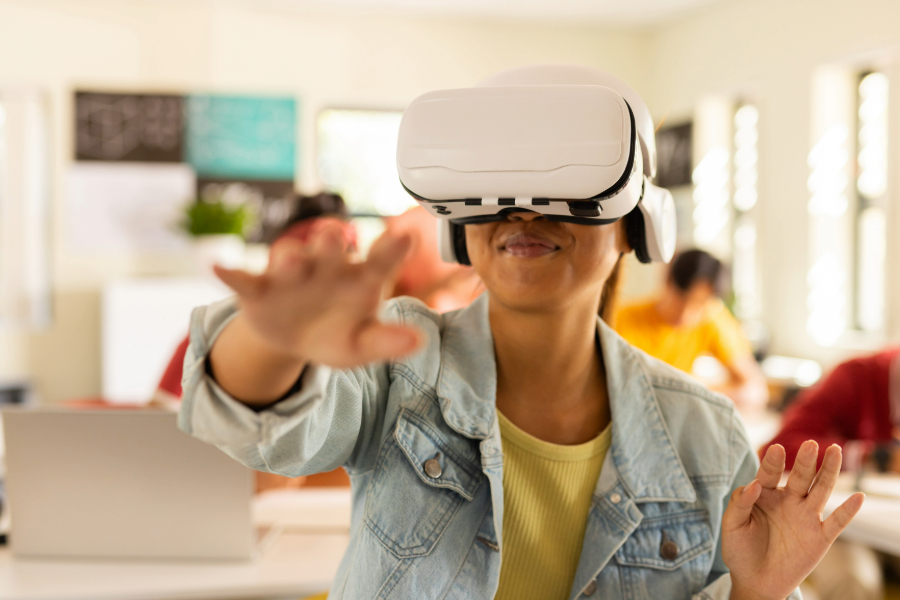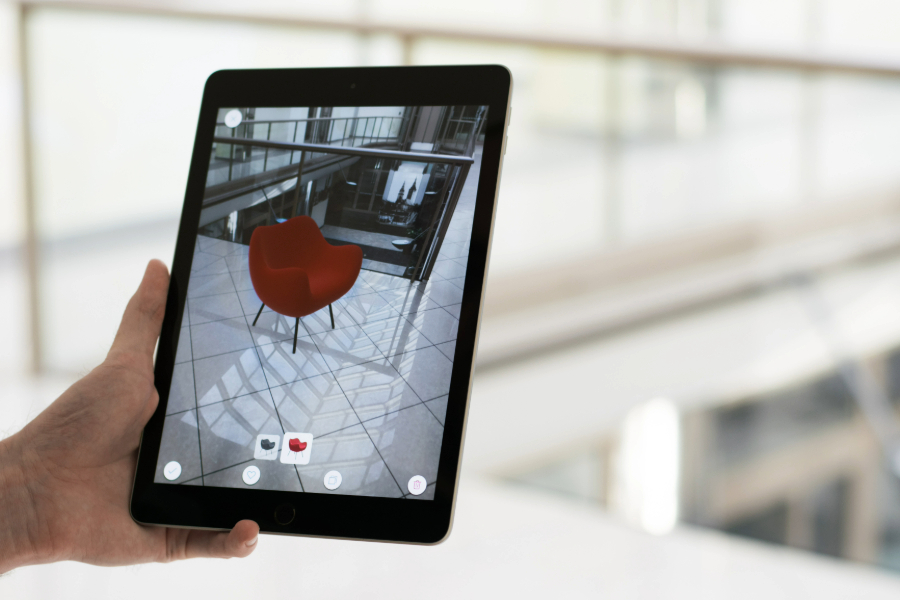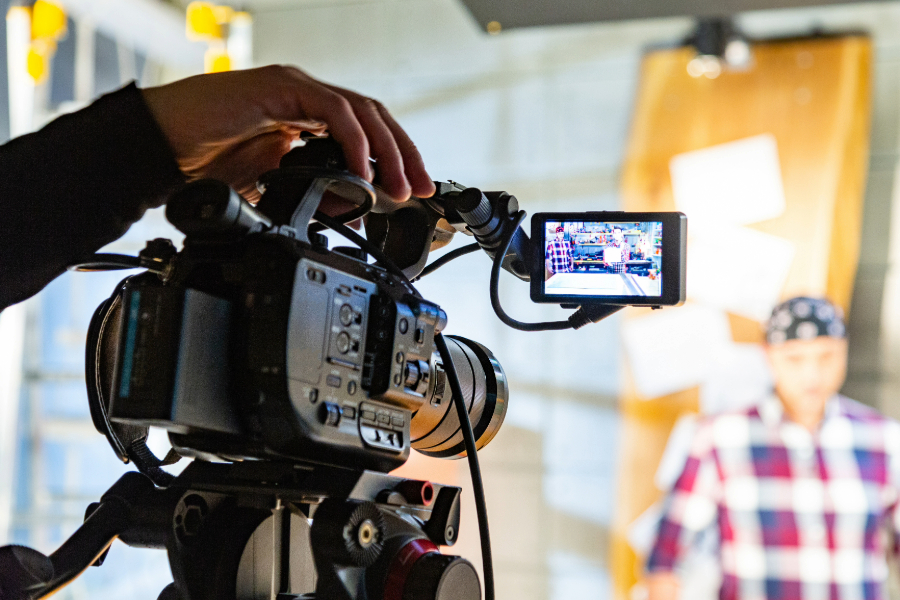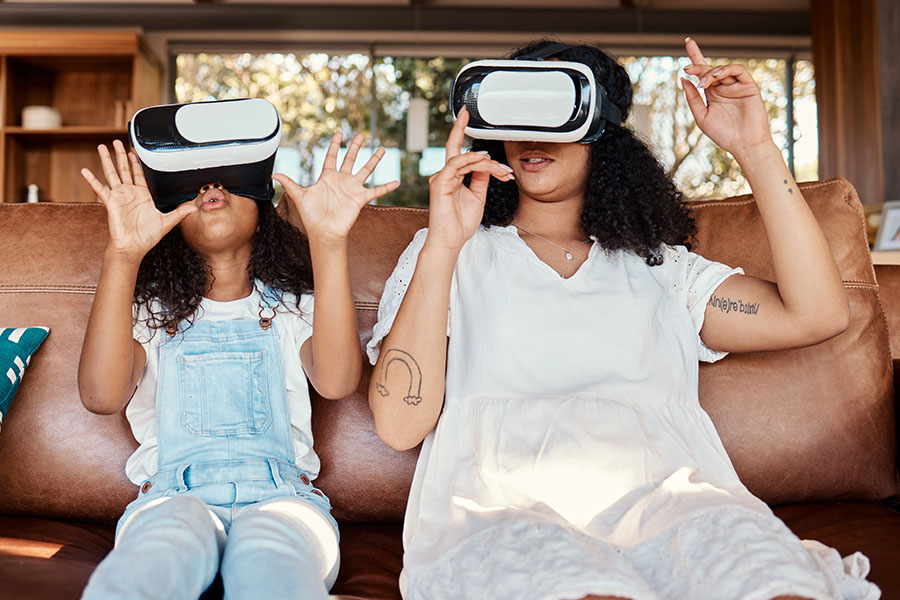The advent of Virtual Reality (VR) technology has been nothing short of transformative, especially when it comes to workplace learning and development. It’s impacting everything—from the way companies onboard new hires to ongoing professional development and on-the-job training. In particular, human resources departments are finding VR to be an invaluable asset. Let’s dive into how VR is making waves in HR processes.
Transforming HR Onboarding
Gone are the days when new hires had to sit through hours or weeks-long PowerPoint presentations and skim through digital handbooks. With VR, onboarding becomes an interactive experience. Employees can take a virtual office tour, meet their teammates, and even get a simulated taste of their job responsibilities. Plus, for organizations with multiple or many locations, new employees can experience other places without leaving their chair. This interactive method not only boosts engagement but also improves retention of crucial information, making the transition process smoother for new hires.
Enhancing On-the-Job Training
Traditional on-the-job training often requires a considerable investment of time and resources. With VR, however, employees can immerse themselves in a realistic, risk-free environment to learn and practice job-specific skills. Whether simulating customer service scenarios for a large casino or responding to a potentially dangerous encounter as a police officer, VR offers a space for safe, repeatable practice. This improves employee confidence and, ultimately, job performance.
Elevating Ongoing Professional Development
For career growth and skill enhancement, nothing quite matches the advantages of ongoing professional development. Here, too, VR is showing its prowess. Using VR, employees can simulate different leadership scenarios, handle crisis management situations, or even practice public speaking—all in a controlled, virtual environment. This experiential form of learning can be incredibly effective, enhancing skills and providing invaluable experiences without the risks associated with real-world scenarios.
A Case for All Industries
While these applications are universally beneficial, they are particularly impactful in industries where real-world training is either risky or logistically difficult. For instance, healthcare professionals can practice surgeries, factory workers can familiarize themselves with heavy machinery, police officers can defuse a situation, and warehouse staff can learn the many day-to-day processes —all in a simulated setting before they touch the real thing.
In Summary
Virtual Reality is changing the landscape of workplace learning and development. It’s making HR processes more efficient, engaging, and effective. Whether it’s onboarding, on-the-job training, or ongoing professional development, VR is proving to be an invaluable tool, revolutionizing how we think about workplace education. So, if you’re still relying on old methods for employee training and development, it might be time to consider virtual alternatives. The future is here, and it’s immersive.
Interested in learning more about VR for training? Get in touch with our team today!




